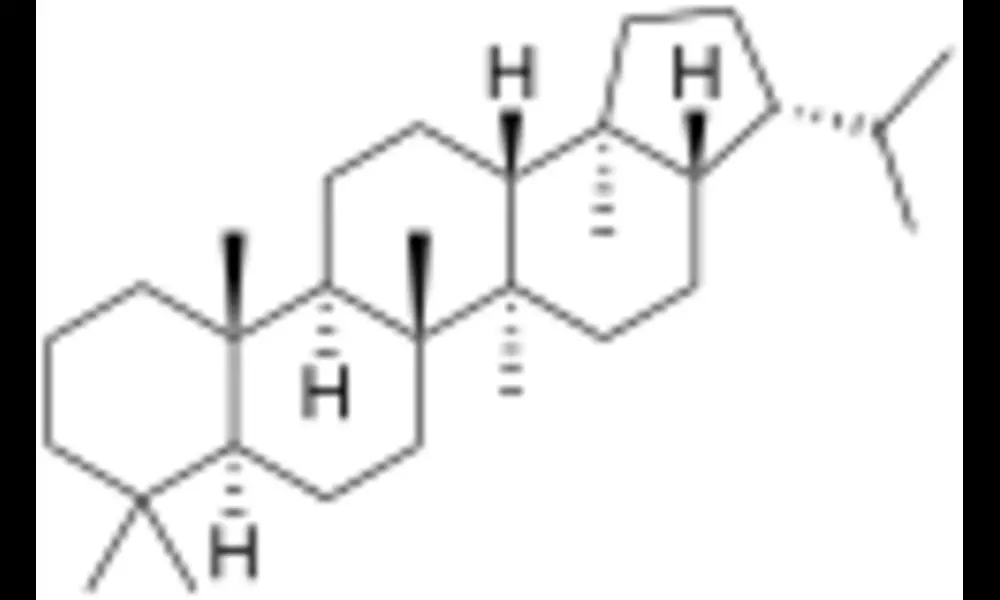526 Proteins Related to Triterpene Biosynthesis
Published on Tue Jan 09 2024 File:Hopane.svg | Edgar181 on Wikimedia
File:Hopane.svg | Edgar181 on WikimediaIn an effort to harness the immense diversity of plant compounds for scientific and medical research, a team of researchers from Japan has unveiled the Triterpene RDF database, a comprehensive collection of plant enzymes and transcription factors key to the biosynthesis of triterpenes — organic molecules with significant health benefits produced by animals, plants, and fungi. This database, detailed in a preprint paper by Keita Tamura, Hirokazu Chiba, and Hidemasa Bono, aims to bridge a crucial gap in the understanding and application of these plant-based compounds for future advancements in biotechnology and pharmacology.
Triterpenes, with their vast structural diversity, play significant roles as both primary metabolites essential for plant development and specialized compounds with potential therapeutic benefits, including anti-inflammatory and anti-cancer properties. Despite their importance, the intricate biosynthetic pathways and key enzymes involved in creating these compounds have been poorly understood and underrepresented in existing databases. The Triterpene RDF addresses this by providing an unparalleled resource that catalogues 526 proteins related to triterpene biosynthesis, enriched with detailed annotations and accessible sequence information.
What makes the Triterpene RDF stand out is not just its meticulous assembly of data but also its user-friendly interface that enables researchers to efficiently search, filter, and download critical protein sequences for their studies. Whether investigating the biosynthesis of specific triterpenoids or exploring the genetic basis of triterpene diversity among plant species, this database is poised to accelerate the functional annotation of genes involved in these processes—a leap forward in biotechnological research and drug development.
Beyond cataloging enzymes and transcription factors, the database reflects a broader initiative to map the complex biosynthetic networks of plants. As genome sequencing technologies advance, uncovering the genetic underpinnings of triterpene production becomes more feasible, offering new vistas for agricultural innovation and the synthesis of valuable compounds. The Triterpene RDF, therefore, not only facilitates a deeper understanding of plant biology but also opens up new avenues for the sustainable production of triterpene-based pharmaceuticals and nutraceuticals, highlighting the intersection of nature and technology in addressing some of today's most pressing health challenges.
Keep Reading
New research uncovers breakthrough techniques for accurate nanoscale electromechanical measurements, revolutionizing material science.


